Search
Search Results
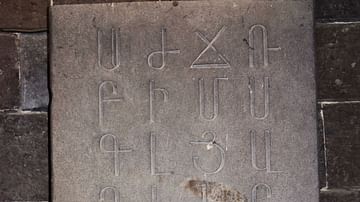
Image
Monument to Armenian Alphabet at Oshakan
Mesrop Mashtots (c. 362-440 CE) is credited with the creation of the Armenian alphabet around 405 CE. Originally, the Armenian alphabet had 36 letters, but it presently has 39. It is read from left to right, and it is one of the older alphabetic...

Definition
Tophet
The tophet (also topheth) was a sacred precinct usually located outside cities where sacrifices and burials were made, especially of young children, in rituals of the Phoenician and then Carthaginian religion. The tophet is the most evident...

Definition
Etruscan Language
The language of the Etruscans, like the people themselves, has remained somewhat mysterious and has yet to be fully understood. The alphabet used a western Greek script, but the language has presented difficulties to scholars because it is...
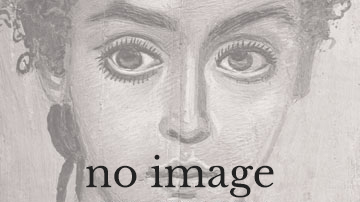
Video
History of the Alphabet (Language of Coins: 3/16)
History of the Alphabet. This video introduces the Hieroglyphic, Cuneiform, Hieratic, Demotic & Phoenician writing systems. It presents information as a series of selections from a finite collection of symbols... References (book): - The...
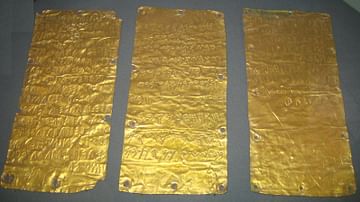
Image
Etruscan & Phoenician Inscriptions
Gold sheet plaques from Pygri, the port of Etruscan Cerveteri. In both the Etruscan and Phoenician alphabet they describe the separation of a space dedicated in the temple there for Astarte. c. 500 BCE (Museo di Villa Giulia, Rome)

Definition
Sidon
Sidon is the Greek name (meaning 'fishery') for the ancient Phoenician port city of Sidonia (also known as Saida) in what is, today, Lebannon (located about 25 miles south of Beirut). Along with the city of Tyre, Sidon was the most powerful...

Video
How Egypt invented the alphabet - History of Writing Systems #7 (Abjad)
From Egyptian hieroglyphs to your alphabet, watch these miners turn fancy symbols into simple scratches that were all about the sounds. First marvel at hieroglyphic inscriptions in the shadow of the great pyramids. Once you grasp how those...
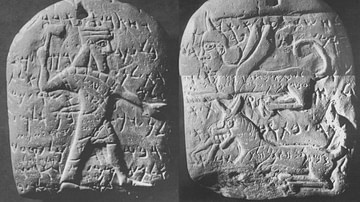
Definition
Arslan Tash Amulet
Dated to the 7th century BCE, the Arslan Tash amulet (AT1) was discovered in Arslan Tash, Syria and contains the writing of Phoenician, magic incantations. The limestone plaque includes a variety of features: incantations perceived to prevent...
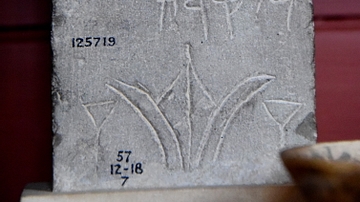
Image
Phoenician Stela Dedicated to Tanit & Baal-Hammon
This light grey limestone stela was inscribed with six lines of Phoenician/Punic inscription; the upper line is almost lost. There is a lotus flower flanked by two standards at the lower part. There is a dedication to the goddess Tanit and...

Article
The Phoenicians - Master Mariners
Driven by their desire for trade and the acquisition of such commodities as silver from Spain, gold from Africa, and tin from the Scilly Isles, the Phoenicians sailed far and wide, even beyond the Mediterranean's traditional safe limits of...